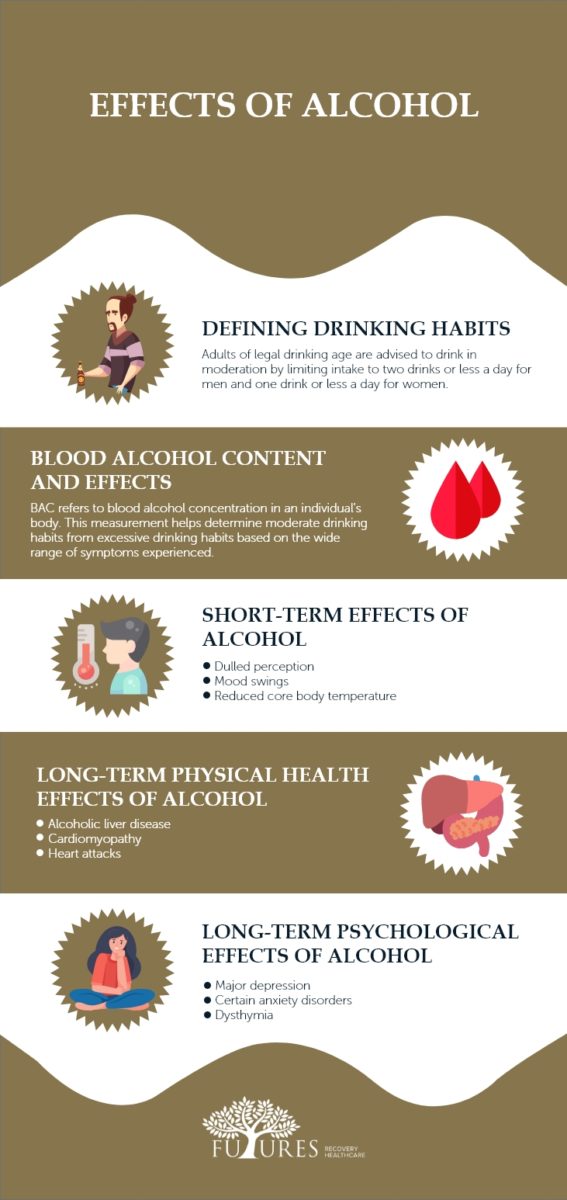Discover the surprising factors that can affect your beer limit and learn how to enjoy a night out responsibly.
Table of Contents
When it comes to alcohol consumption, a common question that often arises is: How many beers does it take to get drunk? The answer to this question is not as straightforward as it may seem. Understanding the science behind alcohol metabolism, individual tolerance levels, and various factors influencing intoxication is crucial in determining your personal beer limit.
Understanding Alcohol Metabolism
Alcohol metabolism is a complex process that occurs in the liver. When you consume alcohol, enzymes in the liver break it down into acetaldehyde, a toxic substance that is further metabolized into acetate and then into carbon dioxide and water. The rate at which your body metabolizes alcohol can be influenced by several factors, including body weight, gender, genetics, and overall health.
Individuals with higher body weight tend to metabolize alcohol more efficiently than those with lower body weight. Gender also plays a role, as women generally have a higher percentage of body fat and lower water content than men, leading to slower alcohol metabolism. Genetics can influence the activity of the enzymes involved in alcohol metabolism, affecting how quickly alcohol is processed in the body.
Blood alcohol concentration (BAC) is a measure of the amount of alcohol in your bloodstream and is used to determine your level of intoxication. In most places, a BAC of 0.08% or higher is considered the legal limit for driving. It’s important to be aware of how your body processes alcohol and the potential risks of exceeding safe BAC levels.
Individual Tolerance Levels
One key factor that affects how many beers it takes to get drunk is individual tolerance levels. Tolerance refers to the body’s ability to adapt to regular alcohol consumption, leading to the need for higher amounts of alcohol to feel intoxicated. Frequent drinkers may develop a higher tolerance for alcohol, meaning they can consume more beers before feeling drunk.
Knowing your own tolerance level is essential for drinking responsibly. It’s important to listen to your body and recognize when you’ve reached your limit. Overconsumption of alcohol can lead to alcohol poisoning, impaired judgment, and other serious health risks. Understanding your tolerance can help you make informed decisions about how much beer is safe for you to consume.
To maintain a healthy relationship with alcohol, consider setting limits for yourself and pacing your drinking. Alternating between alcoholic and non-alcoholic beverages can help you stay hydrated and reduce the overall amount of alcohol you consume in a given period.
Factors Influencing Intoxication
Several factors can influence how quickly and intensely someone feels drunk after consuming beer. Eating a meal before drinking can slow down the absorption of alcohol into the bloodstream, delaying the onset of intoxication. Staying hydrated while drinking can also help mitigate the effects of alcohol and reduce the risk of dehydration.

Image courtesy of futuresrecoveryhealthcare.com via Google Images
Medications and other substances can interact with alcohol and affect how your body metabolizes it. It’s essential to be mindful of any medications you are taking and how they may interact with alcohol. Mixing different types of alcohol, such as beer and spirits, can also impact your level of intoxication, as each type of alcohol has a different alcohol by volume (ABV) percentage.
Personal factors, such as stress, fatigue, and mood, can also play a role in how alcohol affects you. People may experience different reactions to alcohol depending on their emotional state and overall well-being. It’s important to be mindful of how these factors can influence your alcohol tolerance and consumption.
Conclusion
Understanding how many beers it takes to get drunk involves considering a range of factors, from alcohol metabolism to individual tolerance levels and other influencing variables. By being aware of these factors and drinking responsibly, you can enjoy alcohol in a safe and enjoyable manner.
Remember to know your limits, listen to your body, and prioritize your well-being when consuming alcohol. Drinking in moderation and taking steps to reduce risks associated with alcohol consumption can help you make informed choices about how much beer is right for you.
How does body weight affect alcohol metabolism?
Body weight can influence alcohol metabolism, with higher body weight typically leading to more efficient processing of alcohol. Individuals with lower body weight may feel the effects of alcohol more quickly due to a slower metabolism.
What role do genetics play in alcohol tolerance?
Genetics can impact the activity of enzymes involved in alcohol metabolism, affecting how quickly the body processes alcohol. This genetic variation can lead to differences in tolerance levels among individuals.
How does hydration impact intoxication?
Staying hydrated while drinking can help mitigate the effects of alcohol by slowing down its absorption into the bloodstream. Adequate hydration can also reduce the risk of dehydration and lessen the intensity of intoxication.
Why is it important to know your alcohol tolerance?
Understanding your alcohol tolerance is crucial for drinking responsibly and avoiding overconsumption. Knowing your limits can help prevent the risks associated with excessive alcohol intake, such as impaired judgment and alcohol poisoning.
Generated by Texta.ai Blog Automation


Leave a Reply